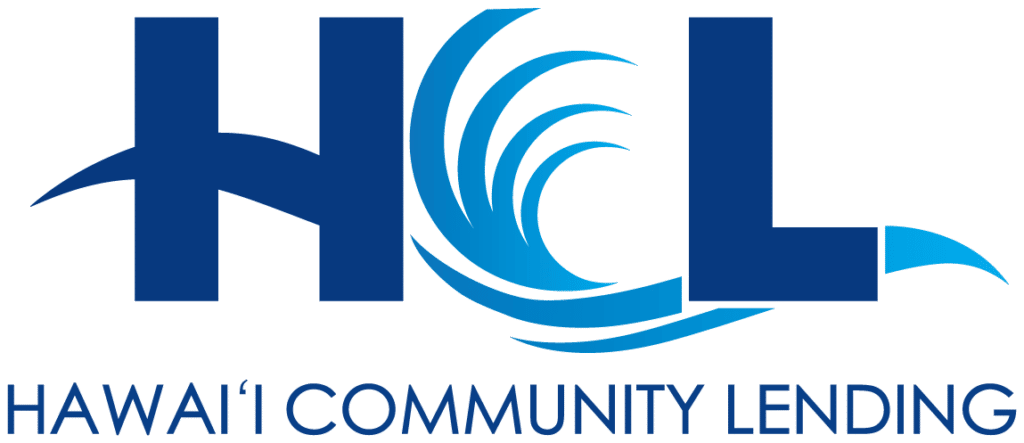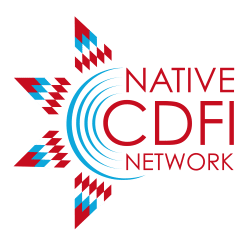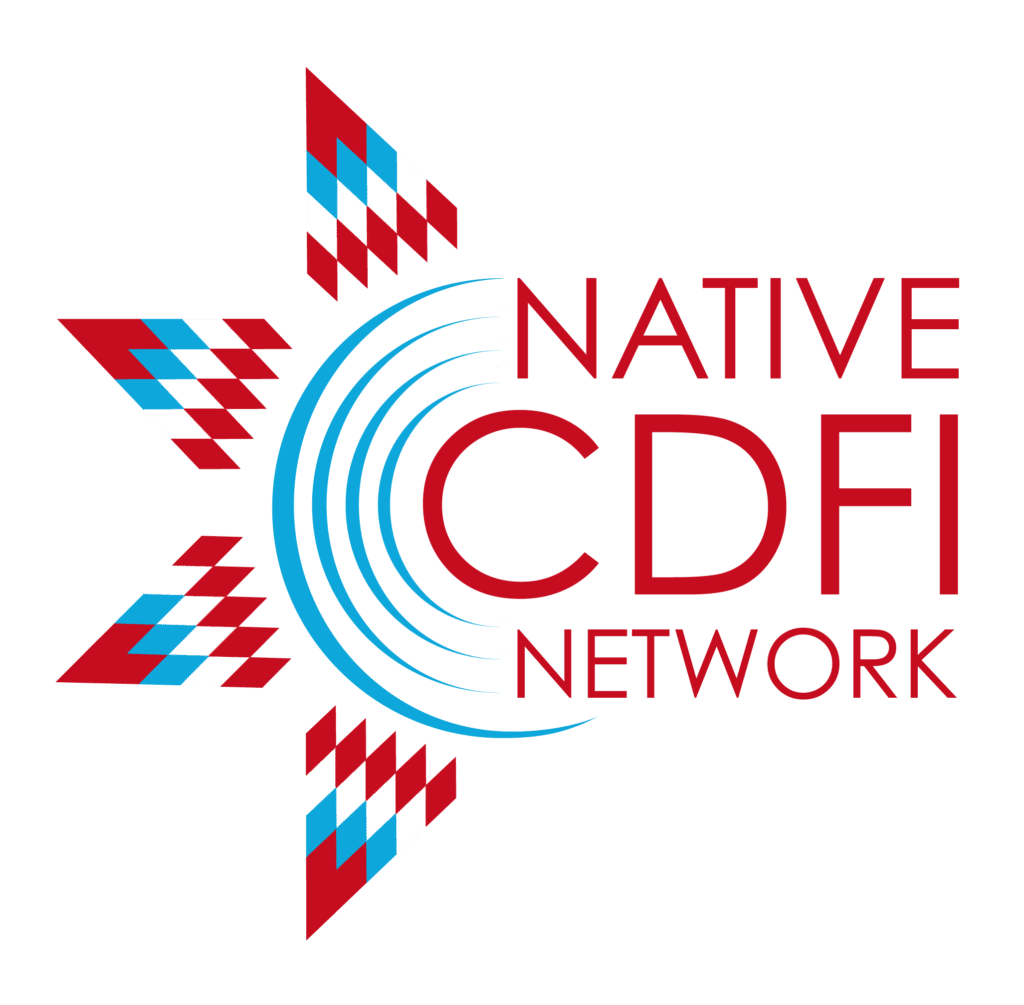
In this latest edition of “Difference Makers,” NCN sits down with Jeff Gilbreath, who serves as Executive Director of Hawai’i Community Lending (HCL), a federally certified Native CDFI headquartered in Honolulu, Hawaii. HCL offers grants and loans to consumers, renters, homebuyers, nonprofits, businesses, and affordable housing builders, and it specializes in providing loans to local residents who cannot qualify at mainstream banks and credit unions.
As HCL Executive Director, Jeff directs a team of 15 staff in implementing the strategic objectives of HCL’s $7.5 million community loan fund, specifically in the areas of financial and portfolio management, capital investments and deployment, partnership and product development, financing community development projects, and organizational capacity building. After working with Honolulu Habitat for Humanity, he joined HCL’s parent corporation, Hawaiian Community Assets, in 2008, and six years later he helped to establish HCL as a nonprofit and eventually secure its CDFI certification from the U.S. Department of the Treasury.
In this wide-ranging conversation with NCN, Jeff shares the kuleana (responsibility) he fulfills on behalf of the Native Hawaiian community, and how HCL is pushing the innovation envelope when it comes to lending.
NCN: Greetings Jeff, it’s good to have you with us today.
Gilbreath: I appreciate it. Looking forward to the conversation.
NCN: So why do you do what you do? How did Hawai’i Community Lending become your life’s calling?
Gilbreath: Hawai’i Community Lending was a program of an organization I was running called Hawaiian Community Assets, which is the parent corporation of HCL. I had been asked to lead Hawaiian Community Assets and HCL at the time by Native Hawaiian leaders in the community. Our existing executive director had the great opportunity as a Native woman to go to Department of Hawaiian Homelands to ensure families got access to the land and got back to the land for self-sufficiency and sovereignty purposes. As executive director of Hawaiian Community Assets for several years, I was responsible for working with the board to create HCL. Long story short, the drive as a non-Native Hawaiian to support the amazing mission of HCL as a Native CDFI to increase economic self-sufficiency and sovereignty for the Native Hawai’ian community – I take that very seriously. It’s really about kuleana – the responsibility that was bestowed on me, and now I’m working as hard as I can to fulfill that kuleana.
NCN: There are currently 64 federally certified Native CDFIs and many more “emerging” CDFIs following in their footsteps. Why do Native communities feel it necessary to create CDFIs, and what fundamental role do they play?
Gilbreath: The data and all of our experiences show Native communities have been shut out from the mainstream financial system. It really has been institutionalized, this discrimination regarding access to credit and capital that impacts Native communities so greatly. When you’re faced with that situation as communities, as sovereign nations, folks are going to step forward to do what it takes to address that situation. As I’ve seen the growth of Native CDFIs over the last several years, it’s also very clear to me that Native CDFIs are leaders in their own right and do things differently than other CDFIs out of necessity, but also because they take a much more holistic approach. It is rooted in culture, traditions, the ways of being of Native communities that sets Native CDFIs apart. Despite the lack of access to the mainstream financial system for many Native communities, we’re seeing the successes of Native CDFIs being that bridge to mainstream capital for families, businesses, and nonprofits that couldn’t find a home at a bank, credit union, or other financial institution in that community. But they’ve they find a home with Native CDFIs.
“Kahua Waiwai is a philosophy [that] shares that every family needs a stable home, a stable foundation (Kahua) before we can ever share our spiritual wealth, traditions, cultures, social connections, connections to the land (‘āina), and financial resources, so holistically, our Waiwai, our wealth.”
NCN: What do policymakers, philanthropy, banking institutions, and the general public who aren’t familiar with Native CDFIs need to understand about them and the difference they make?
Gilbreath: It’s funny, but as COVID hit and we were working from home, my wife was in the room next to me. She commented to me one day, “You really say the same thing over and over in every meeting.” We laughed about it, but it’s very real. Every stakeholder, every individual key player needs to be educated on Native CDFIs and CDFIs in general. In Hawai’i, we’re pretty nascent. CDFIs out here just haven’t been known except for probably the last decade. Now we’re starting to get some recognition. The greatest education I am doing is with mainstream financial institutions and the state agency Department of Hawaiian Homelands, which is responsible, as the trust agent, for Native Hawaiian homelands. The banks haven’t been investing in our CDFIs. Native CDFIs out here are the leaders by far in terms of assets on the balance sheet and the work that’s getting done, but the mainstream financial institutions are still trying to figure this out. So there’s a constant education with them based on what their needs are, what our needs are, and how we can align. With the Department of Hawaiian Homelands, it’s having conversations with folks at the top who get appointed by the governor and the state Senate, all the way down to the people in the trenches who are working with the families to get them qualified, or the land development division guys, to talk with them about what we can do with interim construction financing, or it’s the loan division that’s trying to figure out will they give us this loan guarantee for the loans we’re doing? That state agency hasn’t yet utilized Native CDFIs and the amazing resources we can bring to really scale and address the 20,000-plus waitlist we have for Native Hawaiians trying to get on Hawaiian homelands.

NCN: So let’s turn to HCL. Its mission is to “increase access to credit and capital for underserved communities in Hawai‘i with a particular focus on Native Hawaiians” through a unique, holistic approach to helping families achieve and sustain permanent housing named “Kahua Waiwai,” or “Foundation for Wealth.” Can you tell us more about this “Foundation for Wealth” approach?
Gilbreath: Kahua Waiwai is a philosophy that roots our organization and is what we were founded on by our two co-founders, Blossom Feiteira and Kehaulani Filimoeatu. It shares that every family needs a stable home, a stable foundation (Kahua) before we can ever share our spiritual wealth, traditions, cultures, social connections, connections to the land (ʻāina), and financial resources, so holistically, our Waiwai, our wealth. When we place these foundations under families’ feet, we are giving them the opportunity to share those resources, that wealth, intergenerationally, from the grandchildren to the elders (the keiki to kupuna), and then outwards from family to family, or ‘Ohana to ‘Ohana. That’s really our community building model – sharing Native communities’ definition of wealth. Not how much an individual can own and profit and benefit themselves, but how are they helping with community wellbeing by sharing resources when there’s an abundance? As we build one family up, that family is helping the next family and so on until we’re building communities that have a stable Kahua so they can share that holistic wealth, that Waiwai.
NCN: HCL recently launched a pilot program called the Homeowner Assistance Fund, which it has since expanded and made permanent. Can you explain why HCL launched this initiative and how it is evolving to meet the needs of the clients you serve?
Gilbreath: The Fund is a full-cycle lending model: we’re going to find the entire affordable housing ecosystem from the buyer to the builder. So we’ve been raising capital to deploy not just the consumer loans that we’ve been doing for so long to build credit to help folks consolidate and reduce their debt so they can mortgage qualify, but also then offer down-payment assistance, grants and loans, interim construction financing for owner-builder projects, long-term financing for tiny homes, and then lines of credit to the builders of the homes. Because we found we were providing all of this product for the buyer and we have a great partner in Hawaiian Community Assets doing all of the HUD counseling and education and all of the development services for us, but then where do our families ready go next? There are so many Native Hawaiian builders out here. They need to make a little profit, but they’re willing to basically be a cost-plus builder. So they take five percent on top of their costs so it’s affordable for the family. We’ve got six Native Hawaiian builders out here hiring and training Native Hawaiian workers to build homes for Native Hawai’ian communities financed by a Native CDFI, and with our partnerships with folks like First Tribal Lending, you’re closing the loop with the permanent takeout coming from a Native entity. We recently secured funding from the Administration for Native Americans and the Office of Hawaiian Affairs to build out our Native owner-builder program, which provides the technical assistance (TA) alongside the development services to help families build a home and help them with every step in the process, especially as they navigate a very complex system with Department of Hawaiian Homelands. This has produced an increased demand for interim construction financing, so we’ve been raising additional funds. We’re doing about 25 homes at a time, but there are 800 Native Hawaiians who have a paper lease, some as far back as 1985, who haven’t been able to build on their property because they didn’t have infrastructure or couldn’t put the 20 percent down on a construction loan to even get started. Our hope is with this program and the funds we’re raising for interim construction financing that we’ve got the model to take care of those 800 families that have that paper lease and just need the TA, development services, and financing tools to get across the finish line. And we’re launching our mortgage brokerage, which will help us close the loop for these families. So it’s becoming a one-stop shop.
NCN: Like other Native CDFIs, HCL provides a variety of loans to clients to help them prepare for and then purchase a home, but you also provide Affordable Housing Builder Loans to nonprofits, entrepreneurs, and businesses “who are creating affordable housing opportunities in our local communities.” How does these loans work and how are they making an impact?
Gilbreath: We do a line of credit to builders who are building for our families and need a little bit of cash flow, so up to $100,000 to help them, especially when we see prices of building materials going up – giving them an enterprise-level line of credit so they have the resources to complete the construction. More recently, we have seen these loans used for acquisitions so the families going through our program and receiving our resources can purchase that land and not just be relegated to leasehold land on Hawaiian homelands. It really does close the loop for us. We had found a gap in the marketplace where mainstream financial institutions were not providing this support. We’re excited about land acquisition as a strategy – it’s not just about getting families into a home, but we know that returning to the land is the tool for social determinants of health. With access to land, families are more food secure and economically self-sufficient. They can practice their spirituality, traditions, and cultures as it relates to the land, which is helping heal generational trauma from families being systematically separated from the land.

The Mokulehua family of O‘ahu, who became homeowners with the help of financial education and homebuyer education workshops from Hawaiian Community Assets and a loan from HCL. (Courtesy: Hawai’i Community Lending)
NCN: Many Native CDFI leaders we have interviewed stress the need for increased infusions of long-term, patient capital to properly capitalize their operations and enable them to meet the documented needs of the communities they serve. To that end, HCL actually provides an explicit “choice of terms” to potential investors to increase the flow of long-term, patient capital to the organization. Can you share more?
Gilbreath: We want 20-plus year money, and I’ve started to tell folks 30-plus years for it to be patient for us. We want low-cost capital, but we can go up on interest rate if we have a bit longer term, but we like to see that sweet spot between one and three percent. We have an impact investor note, so investors come to us and we have everything ready to go. They simply plug in the term and the amount, and that determines the interest rate we’re willing to provide as a simple interest rate, annual interest-only payments during the loan term, and that they receive an annual report and are welcome to attend our annual investor meeting where we explain, “Here’s what we did in the last year, here’s where we’re going,” and they meet the borrowers and the team members that make it happen. We currently have eight impact investors using this note. This way, we’re driving the relationship and not just being reactive.
NCN: HCL has helped a great number of Native people over the years. Is there a particular success story that really inspires you that you would like to share?
Gilbreath: Gerald and Jorene Paakaula came to us when they were having to pack up their car because their rent was increasing $500 a month. They didn’t know where to go or what to do. Gerald had a felony on his record, which he had successfully appealed when he was in prison. But that was still on his record and wasn’t expunged, so he couldn’t get into rentals that were asking for that background check. We worked with their church to find somewhere for them to go temporarily, and then got them a little emergency loan money so they could bridge to their first month’s rent deposit. But then we noticed Gerald had been on the Hawaiian Homelands waitlist for 30 years! He said, “It’s just so hard to navigate and we can never mortgage qualify and we just don’t know the process.” So we took them through homebuyer education. We got them a $1,000 credit builder loan, which moved their credit score from no score to 690 in a year. Then we got him qualified with USDA Rural Development for the 502 direct mortgage program. Twenty-four months after packing up their car and expecting to homeless, they were homeowners because we took the opportunity to understand what their issues were and then put the little bits of capital that we needed to bridge them to $400,000 worth of mortgage financing through USDA. So now they live multigenerational with their grandchild and son in a beautiful home on Hawaiian homelands.
NCN: From your perspective, what do Native CDFIs like HCL need to realize their full potential? What types of support do they need to achieve their missions and maximize their impact?
Gilbreath: We need the significant investments our communities deserve and are calling for. You have the CDFI Fund, which is a great tool for Native CDFIs, but I’d like to see some equity built into that model. There should be a larger percentage of the annual allocation to CDFI Fund to the Native pot and in a big way, because we should be making up for the years of institutional discrimination and lack of access to credit and capital in Native communities. I’d also like to see greater engagement of private investors into Native CDFIs, particularly an increased focus on patient capital. We need 20, 30-plus year money at 1-2 percent to do the loans we need.
We’re starting to see that the State of Hawaii and the counties need us as partners to take the money they aren’t deploying for economic and community development and pushing that to us so we can do that on their behalf. We have proven we can get capital out the door and do it in a way that’s appropriate and serves those who really need it most – Native communities. They need to remember that Native Hawaiians are sovereign people, but they’re also residents of your county and state, so you are responsible for investing in them, right?
To learn more about Hawai’i Community Lending, please click here.

